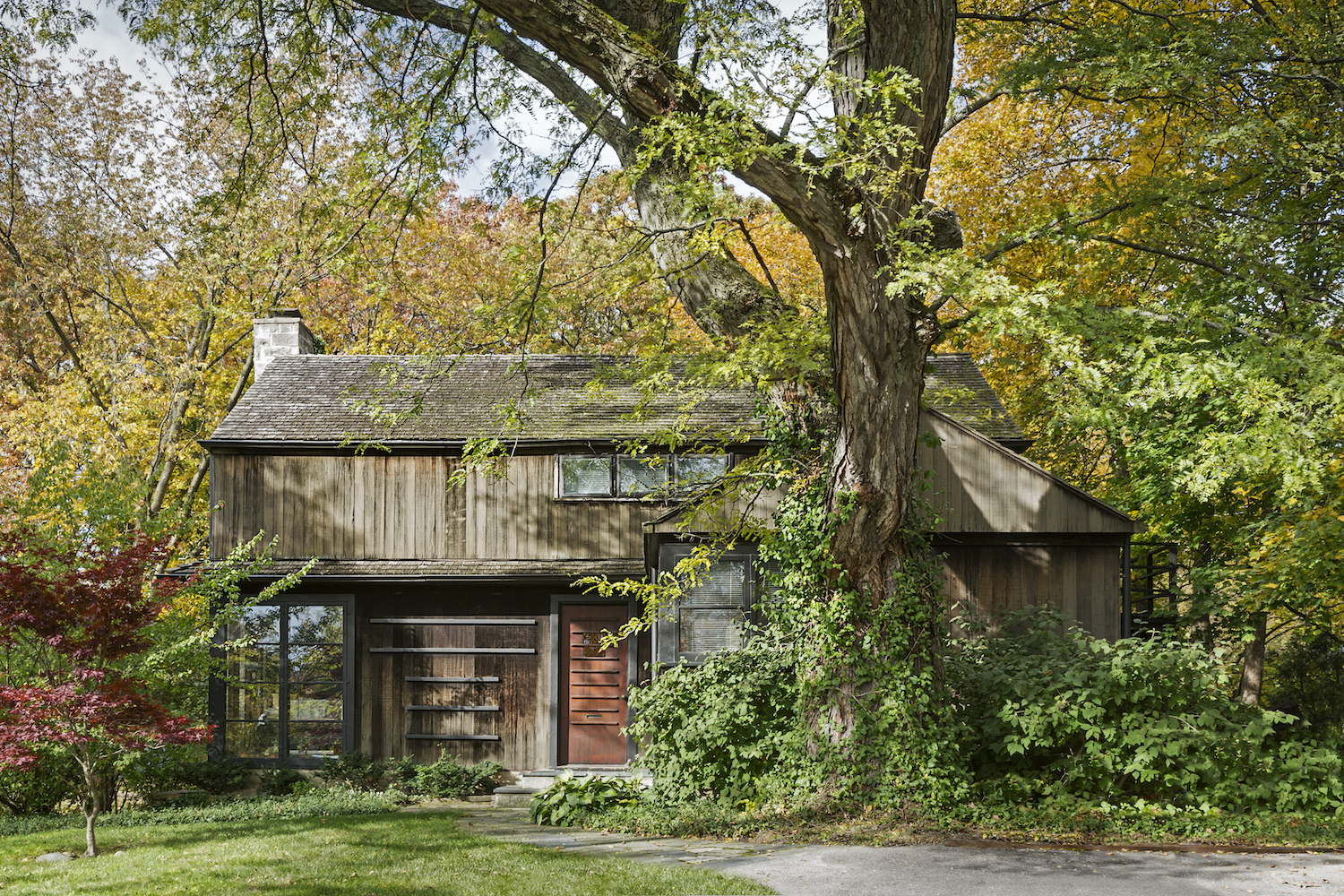Photo: William Zbaren
Modern in the Middle, a new book by Susan S. Benjamin and Michelanglo Sabatino, covers 53 houses built in the Chicago area between 1929 and 1975, all of them in the modern style familiar to fans of Frank Lloyd Wright and Ludwig Mies van der Rohe. From the volume's presentation — a handsome coffee-table book of masterpieces by architects like Bruce Goff, Bertrand Goldberg, and Keck and Keck — you might think the stories of the homes' owners, a central part of the text, would be of the rich and famous.
And sure, there are a few rich folk: Black haircare moguls Joan Henderson and George E. Johnson, who commissioned a one-story house in Chatham, and real-estate exec Robert Hall McCormick III and his poet wife, Isabella Gardiner, whose Elmurst house was designed by Mies himself. But more often, the patrons of this explosion of architectural creativity were regular upper-middle-class creatives with an adventurous taste in design.
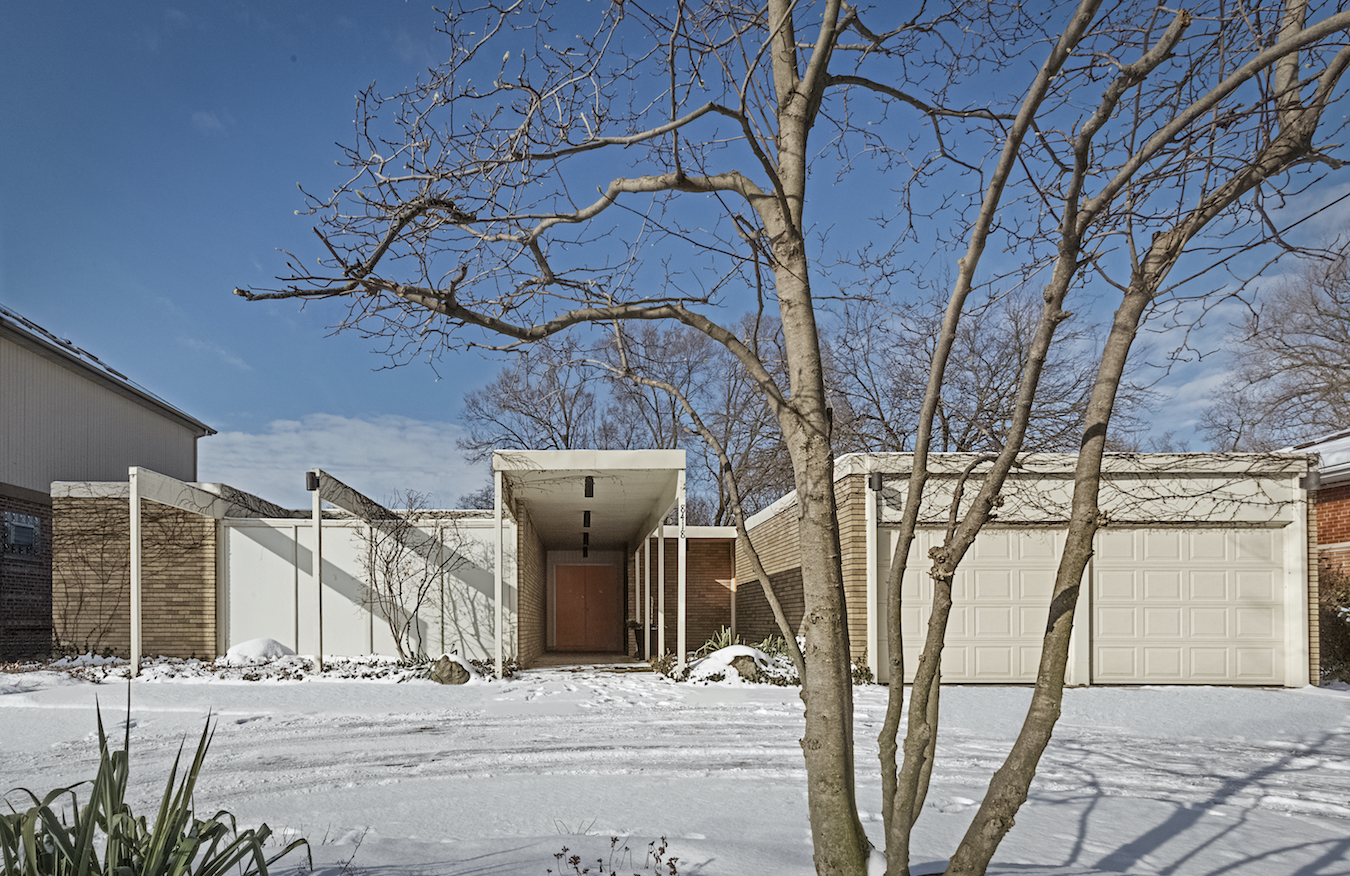
“This is not a book about lifestyles of the rich and famous," says Benjamin, an architectural historian and owner of Benjamin Historic Certifications. "They’re progressive thinkers who are the clients. Architects were heavily impacted by the work of Frank Lloyd Wright, who built his first Usonian house in Madison in 1936.”
Wright’s Usonian ideal was a more simple adaptation of his Prairie style for middle-class houses. (“Usonian” was Wright’s term, though not his coinage, for people who live in the USA.) The idea was to make the homes' beauty more accessible. Though there are only a couple Usonian homes in the Chicago area, their philosophy imbues many of the houses in Modern in the Middle.
.jpg)
Mies van der Rohe arrived at the Armour Institute (now IIT) two years later, bringing a completely different philosophy of architectural simplicity — more structuralist than organic. But because of their straight lines and open plans, the two can blend nicely together. Free thinkers were drawn not just to the philosophies behind them, but the spaces they created for living.
“These houses were pleasant to live in," says Benjamin. "They’re open plan, comfortable to insert your personality into. They don’t tend to be forceful. If you live in a Victorian house or a colonial house, it’s not a neutral space, which these houses are. As progressive thinkers and people who wanted a more informal lifestyle, the modern home was very attractive to them.”
Few houses in the book are as neutral as the Doris Curry and Jacques Brownson House (1952), which Brownson — who enrolled at IIT as an undergrad three years after Mies arrived and went on to design the Daley Center — designed for his family. It’s very, very Miesian: as close as a house gets to the master’s IIT jewel Crown Hall, an ethereal glass box seemingly hung from black steel beams.
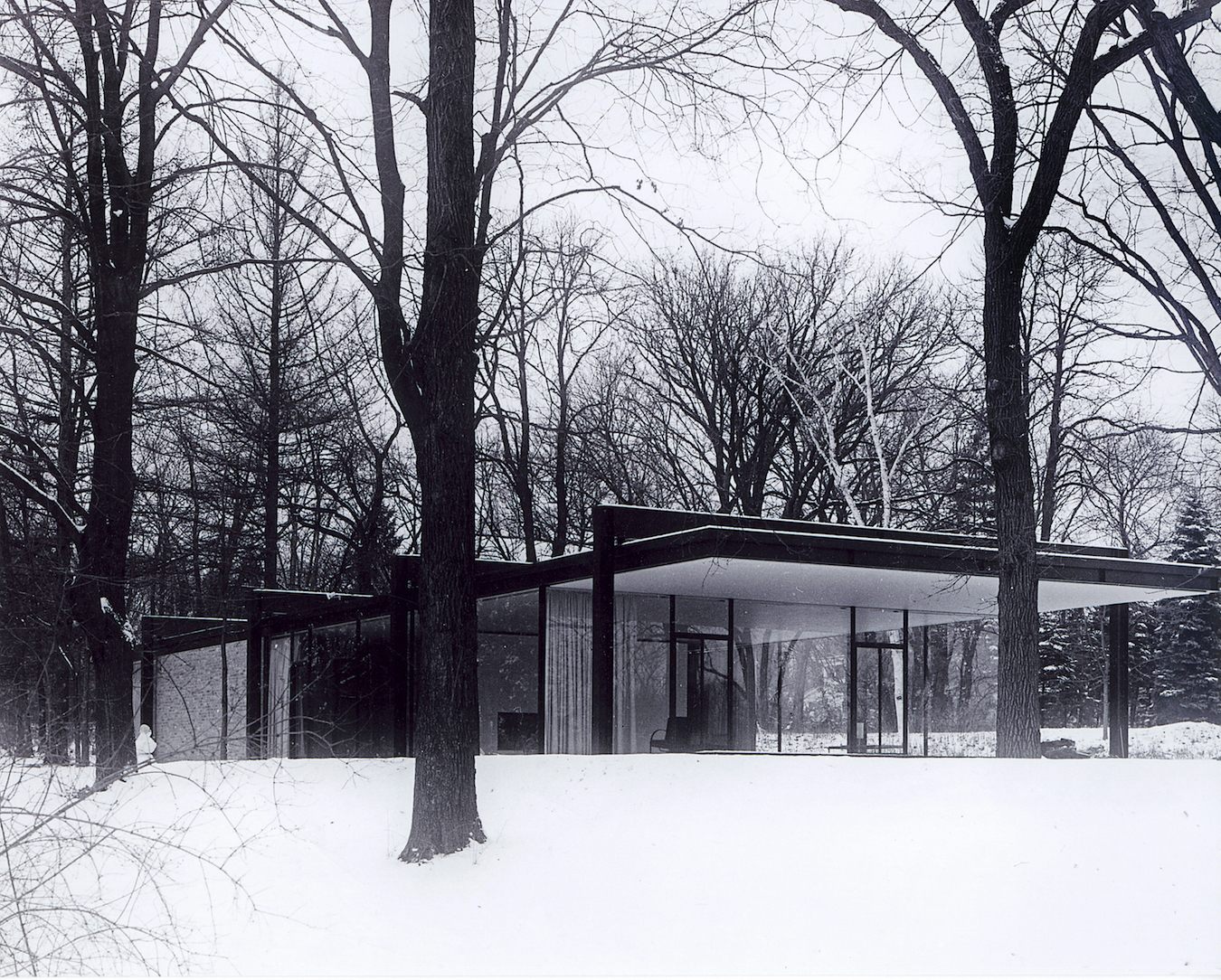
“What’s really interesting about this house is the living part," says Sabatino, director of the Ph.D. program in architecture at IIT. "All of that is open plan, but also surrounded by glass. Then the more functional part, like the bedrooms and the galley kitchen, that’s pushed back, so there’s a more private dimension to the house. Basically, there’s two qualities to the house. There’s a more extroverted one, and a more introverted one.”
The Curry/Brownson House is in Geneva; like many of the houses in Modern in the Middle, it was built outside Chicago, surrounded by woods. Prairie Style houses are, of course, famous for taking their inspiration from the landscape, but the book underscores how the Miesian International Style also works with nature.
Anyone who’s seen Ferris Bueller’s Day Off already has a sense of this: the famous scene where the antique car shoots through a glass pane into a woody culver is filmed in the “auto pavilion” of the Frances Landrum and Ben Rose House in Highland Park, which is included in the book. (Rose, a legendary textile designer, and his wife, a weaver and his business partner, agreed to let the filmmakers wreck the pavilion window in exchange for the non-trivial task of cleaning all the floor-to-ceiling windows in the house.)
Though it integrates seamlessly, the pavilion was actually added in 1974 by architect David Haid, 21 years after the A. James Speyer-designed house was built. (He also designed the Abraham Lincoln Oasis on the Tri-State Tollway in South Holland, sort of a Landrum/Rose Auto Pavilion for the general public.) Haid gets his own space in the book with his own design, the Sheila Adelman and David Haid House on Stockham Place Park in Evanston. You can’t miss it: Its simplicity, dropped between two old Victorian houses, is illustrative of how neutral the Miesian style is compared to the turn-of-the-century architecture it followed.
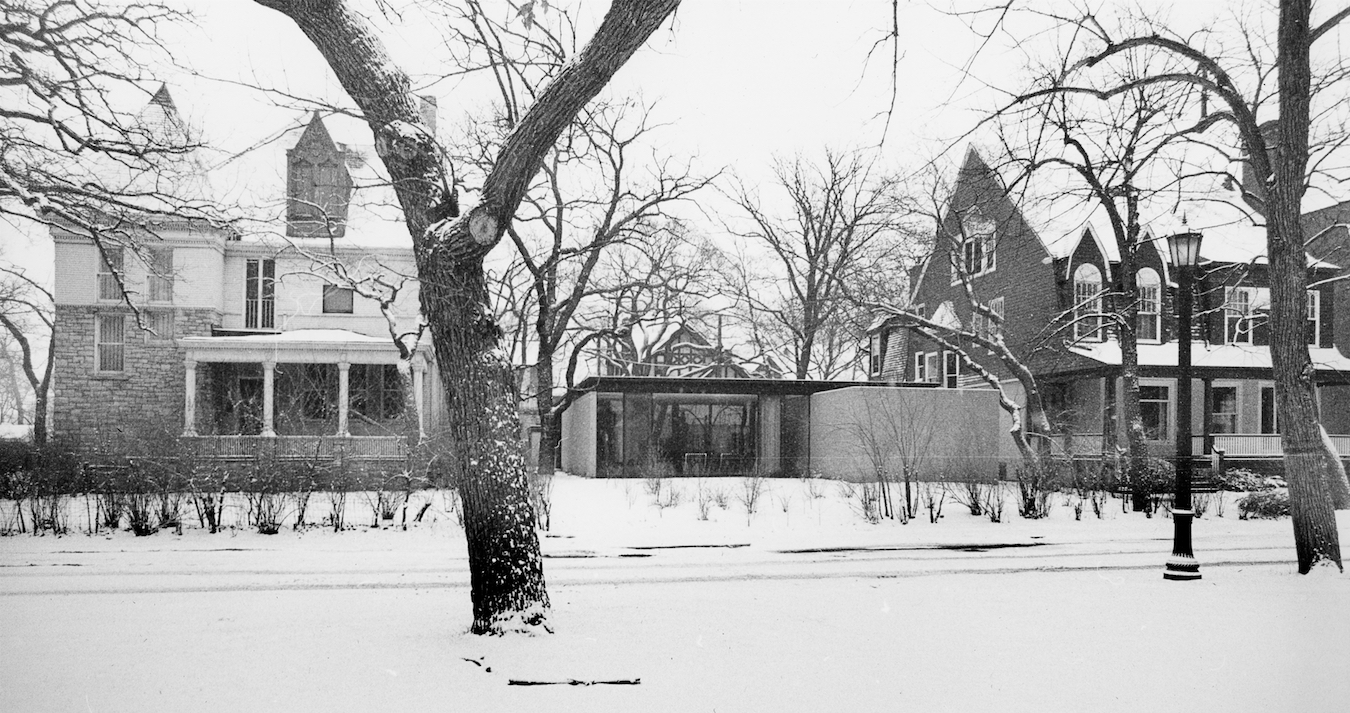
The relationship of Usonian-style homes to nature is subtly different. Miesian boxes provide a broad view, with a hard divide between inside and outside. Usonians deftly transition from one to the other in a small space. “Those houses that were impacted by Wright, there was a real fluidity between the interior and the exterior,” Benjamin says. “That’s a little different from the way Mies viewed space. He took on the view, but there was less of a close relationship, the homes were not integrated into their setting in quite the same way. They stood proud like the Farnsworth house stands proud.”
One of the most impressive houses in the book is one of the most modest: the Minna Green and Hugh Duncan House I, designed by Keck & Keck and built in Flossmoor in 1941. The authors include two prior houses by George Fred Keck in the book, both for wealthy clients, and both in an International Style with some echoes of Art Deco and Streamline Moderne: the Vine Itschner and Herbert Bruning House (1936) and the Irma Kuppenheimer and Bertram J. Cahn House (1937).
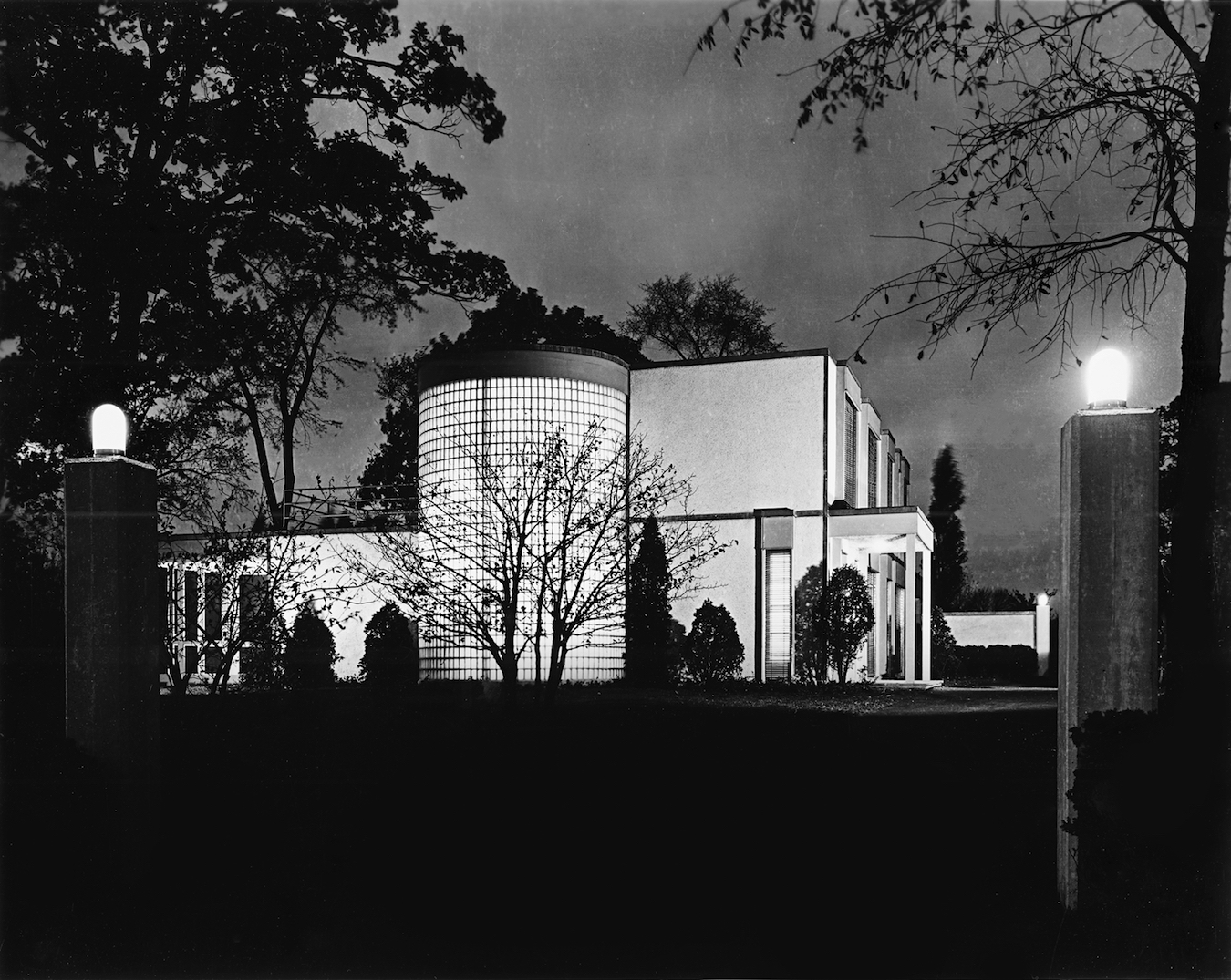
But the Green/Duncan house was built for a social worker and a sociologist who was still, at the time, finishing his Ph.D. Keck designed a linear, one-bedroom wood-frame house, with a line of windows facing south, sheltered by a roof projection which was angled to allow for lots of light and passive solar heat in the winter but reducing heat in the summer. It doesn’t just work with the landscape aesthetically; it works with it literally to reduce energy costs; the separation of interior and exterior is practical.
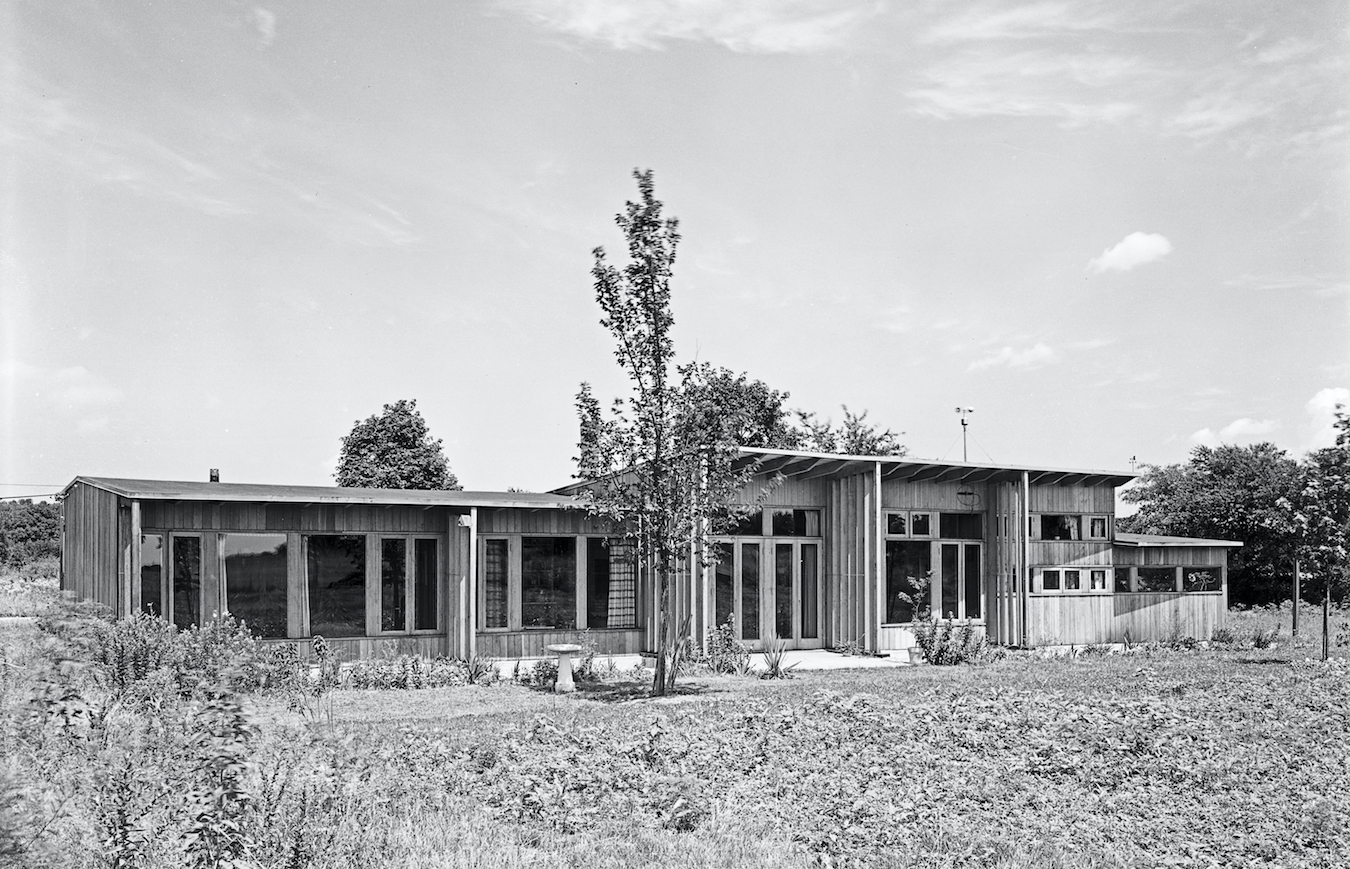
Benjamin and Sabatino aren’t just fans of midcentury modern houses; they’re also residents. Sabatino and his partner Serge Ambrose (an architect and engineer) live in a “gentle” modernist building designed by Winston Elting and built in 1939. Susan Benjamin lives with her husband, Wayne Benjamin (a founder of the Chicago Architecture Center) in a protomodern, redwood-clad house by Larry Perkins of Perkins & Will, originally designed for the creator of the “say it with flowers” ad campaign.
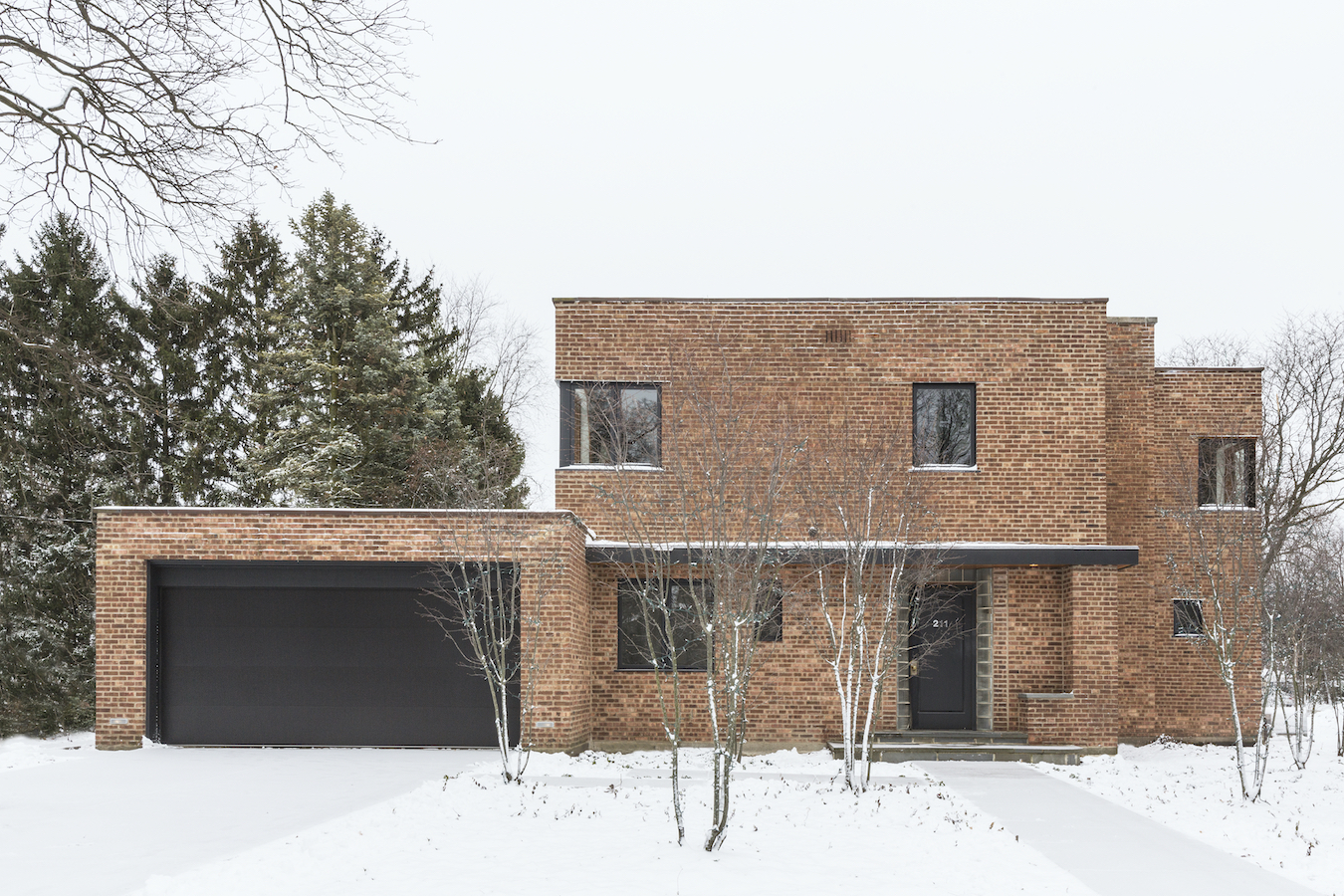
“We’ve been asked, why does everyone want to buy these houses?” Sabatino says. “Part of that, I think, is that there are positive associations with midcentury modern. You know, it was a moment of optimism for America. They got into a terrible war, they tried to put it all behind them. There’s a sophisticated yet understated quality to those houses. There was this kind of idea that you could live with style, but not have to live in huge mansions.”



